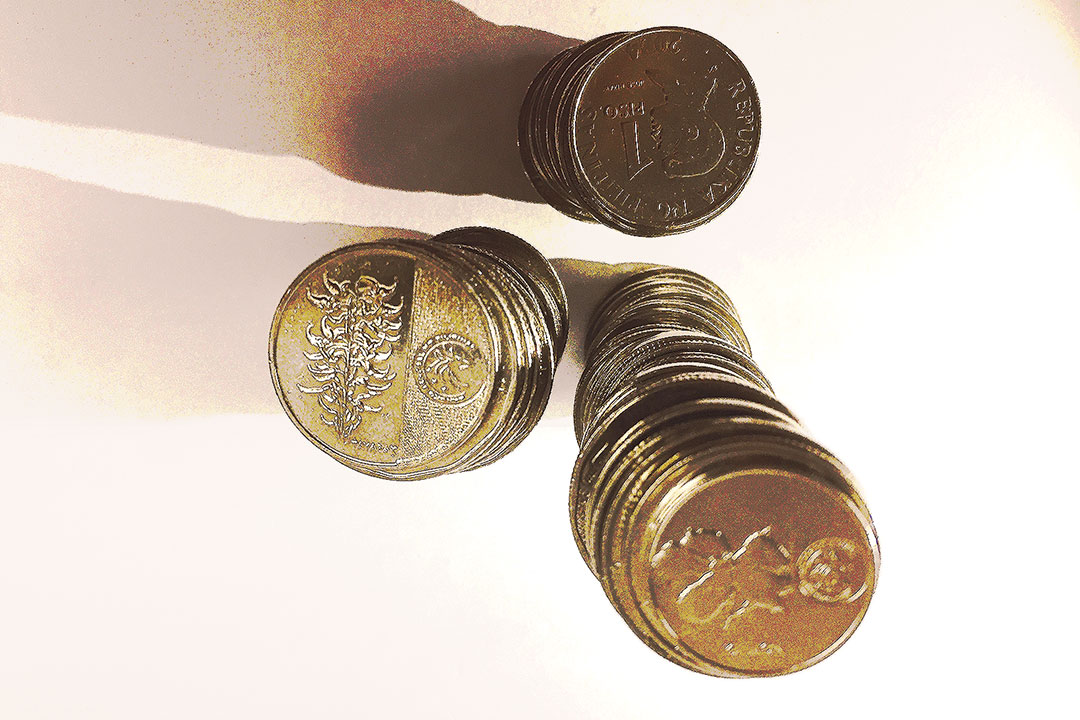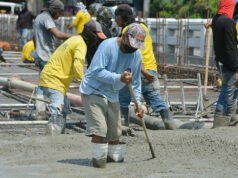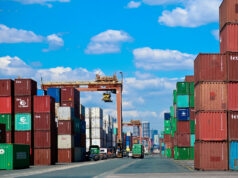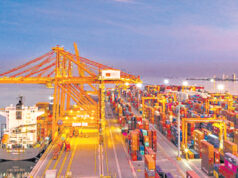Peso drops further with Fed likely to keep cautious stance

THE PESO dropped further against the dollar on Tuesday as markets expect less rate cuts from the US Federal Reserve this year due to lingering economic concerns.
The local unit closed at P55.56 per dollar, weakening by 14 centavos from its P55.42 finish on Monday, Bankers Association of the Philippines data showed.
The peso opened Tuesday’s session stronger at P55.35 against the dollar. Its worst showing was at P55.57, while its intraday best was at P55.30 versus the greenback.
Dollars traded rose to $1.9 billion on Tuesday from $1.47 billion on Monday.
The dollar was generally stronger on Tuesday amid reduced expectations of rate cuts by the US central bank, Rizal Commercial Banking Corp. Chief Economist Michael L. Ricafort said in a Viber message.
“The dollar-peso closed lower after Fed’s Kashkari reiterated his stance on holding interest rates until more clarity is seen on the tariffs alongside dollar bounce on easing trade tensions between the US and EU (European Union),” a trader said in a phone interview.
For Tuesday, the trader expects the peso to range from P55.30 to P55.70 per dollar, while Mr. Ricafort sees it moving between P55.45 and P55.65.
Federal Reserve Bank of Minneapolis President Neel Kashkari said major shifts in US trade and immigration policy are creating uncertainty for Fed officials to move on interest rates before September, as the Trump administration continues tariff talks with numerous governments, Bloomberg reported.
“Anything is possible,” Mr. Kashkari said Monday in an interview on Bloomberg Television in Tokyo. But will the picture “be clear enough by September? I am not sure right now. We will have to see what the data says, but also how the negotiations are going,” he said. If trade deals are struck between the US and other nations over the next few months, “that should provide a lot of the clarity we are looking for,” he added.
While the US economy entered 2025 on solid footing, Mr. Trump’s tariffs and substantial changes to the country’s immigration policy have prompted businesses to rethink investment plans.
The biggest risk to the US economy is the overhang of major new policies, including trade barriers and immigration, Mr. Kashkari said. — A.M.C. Sy



